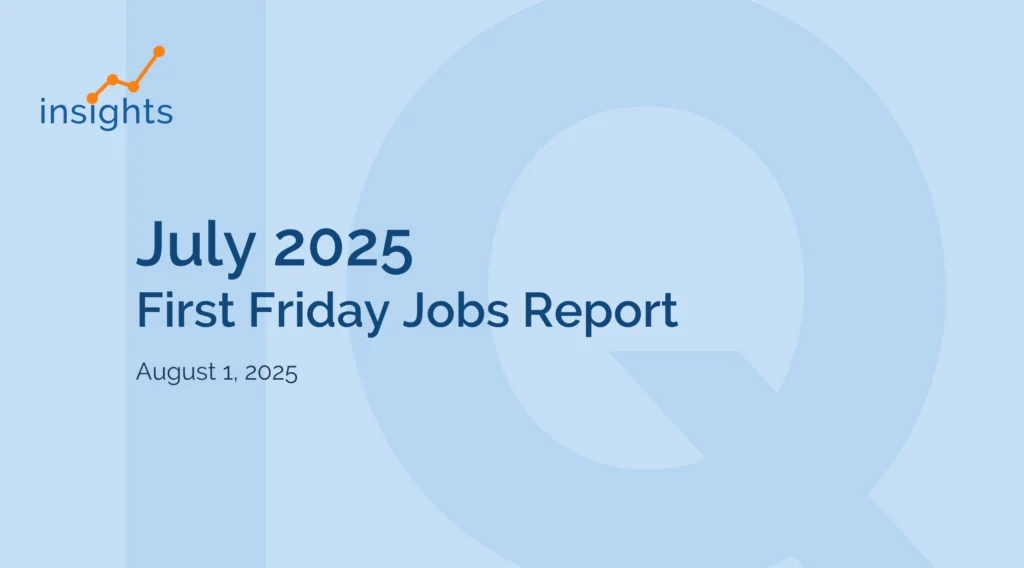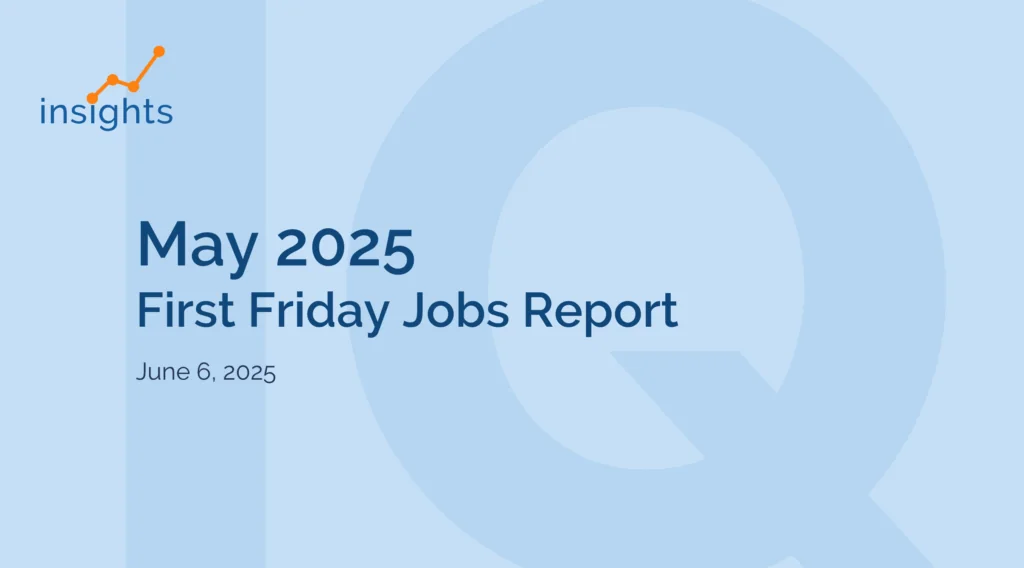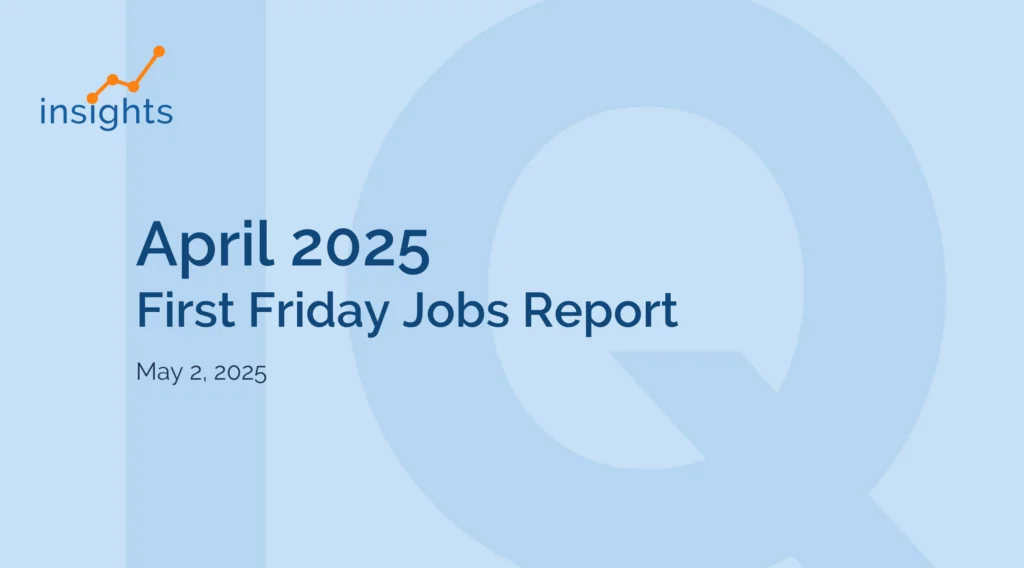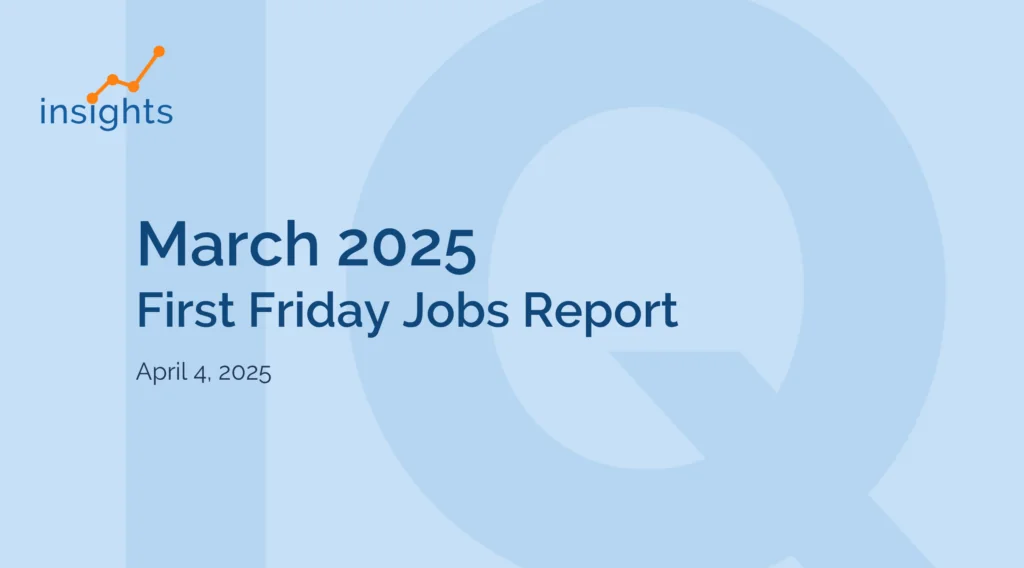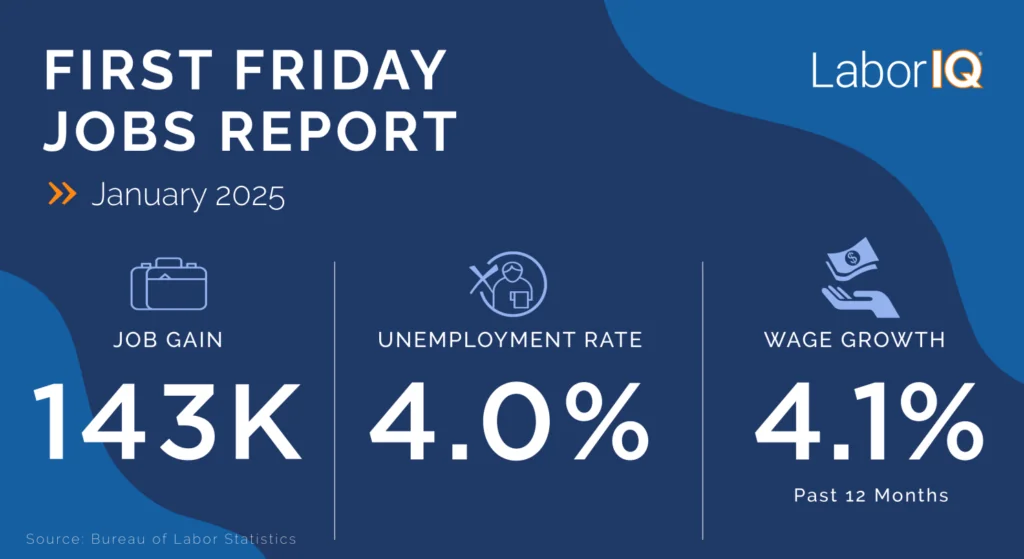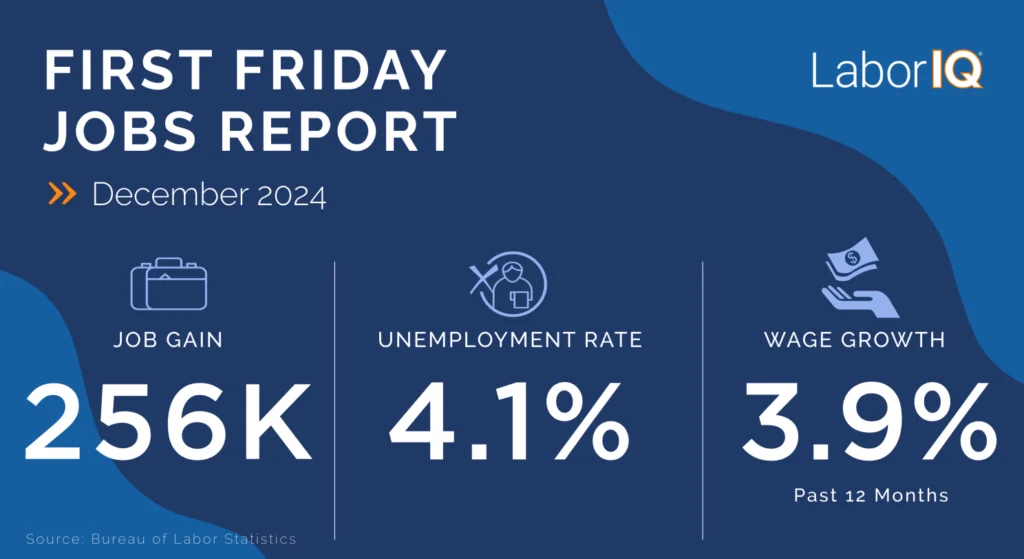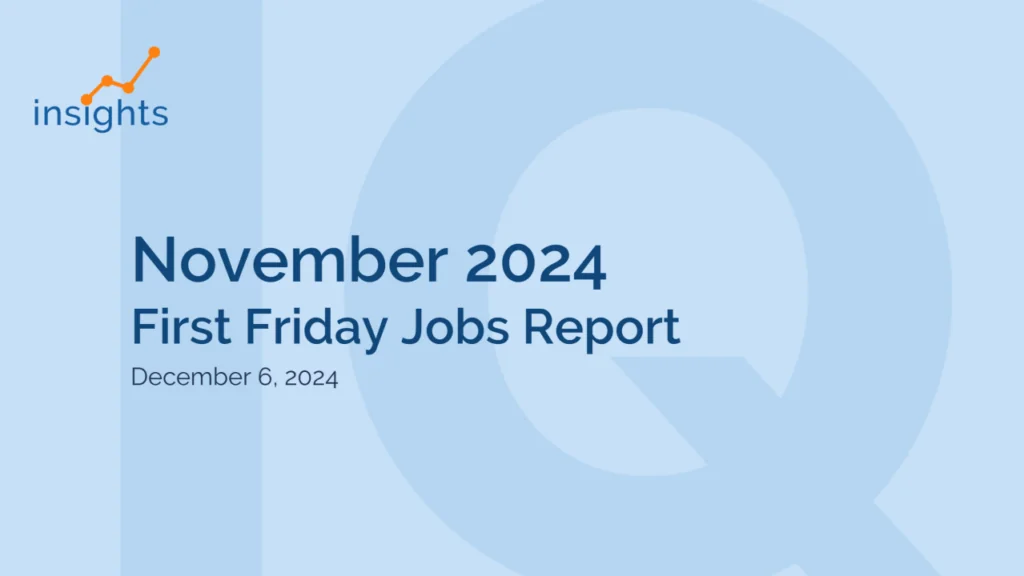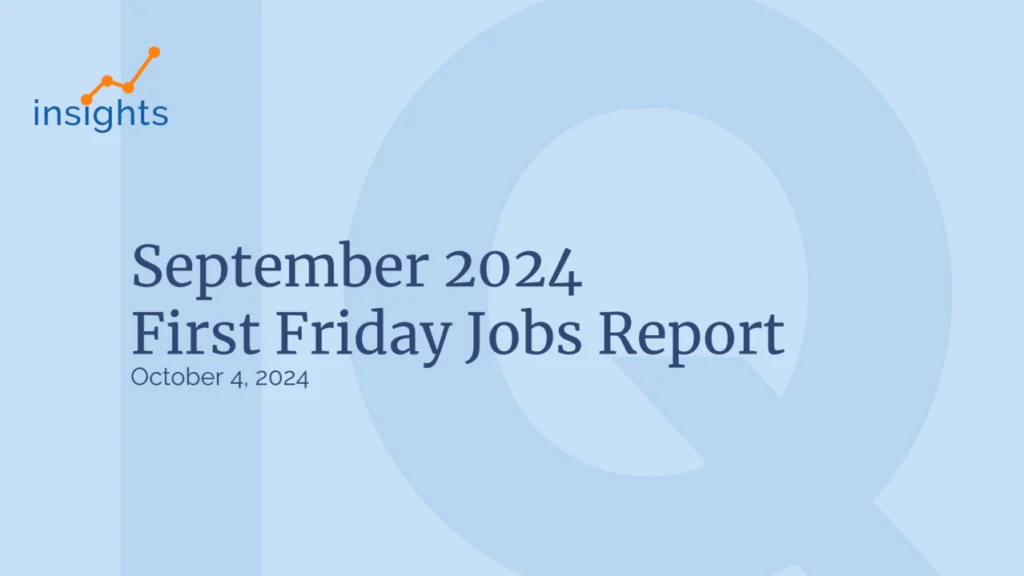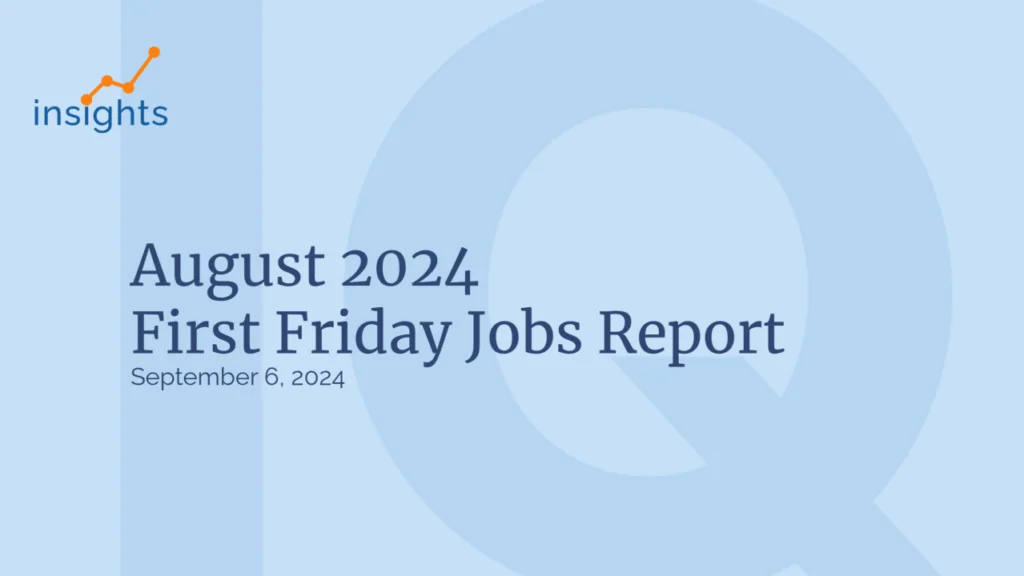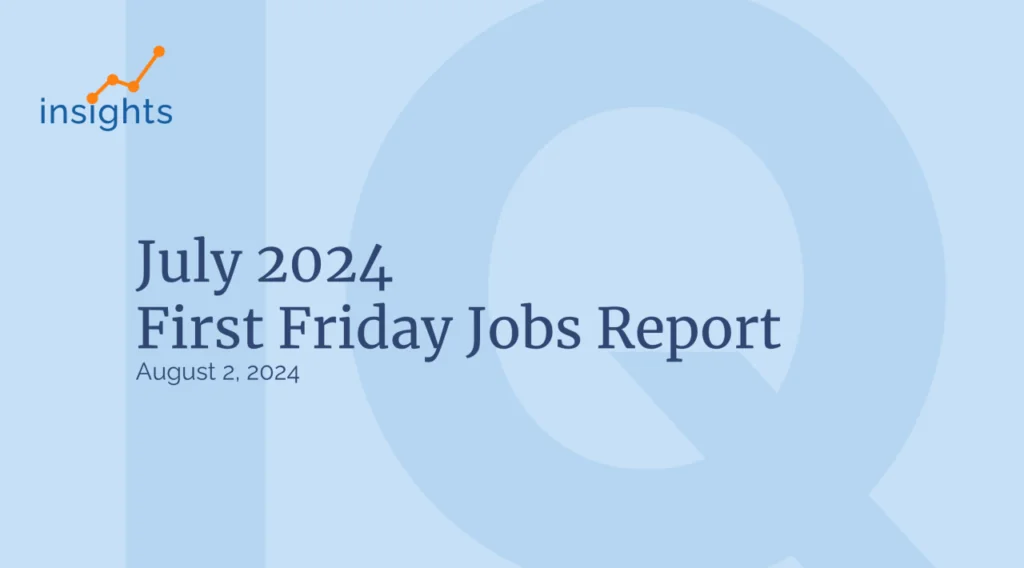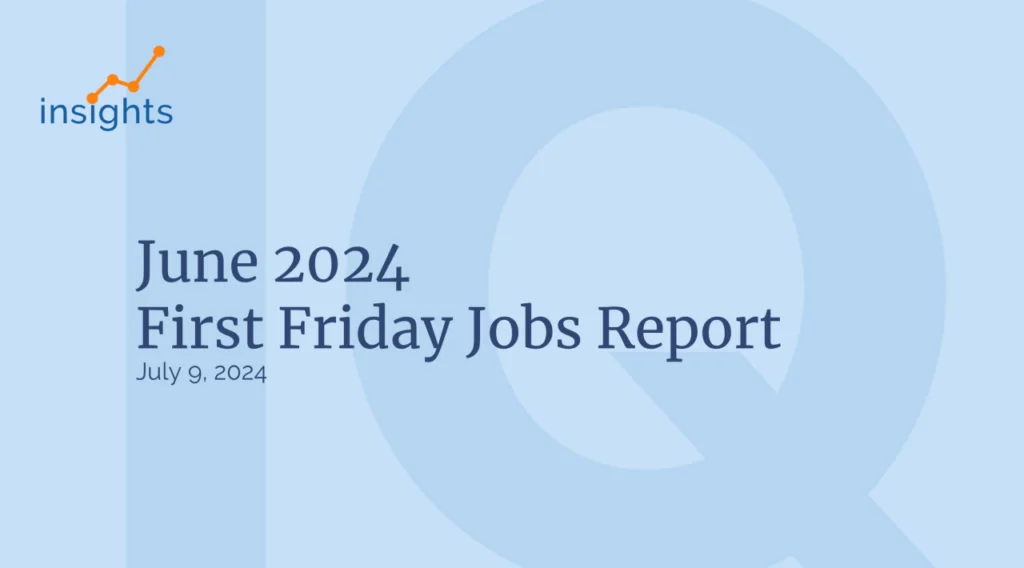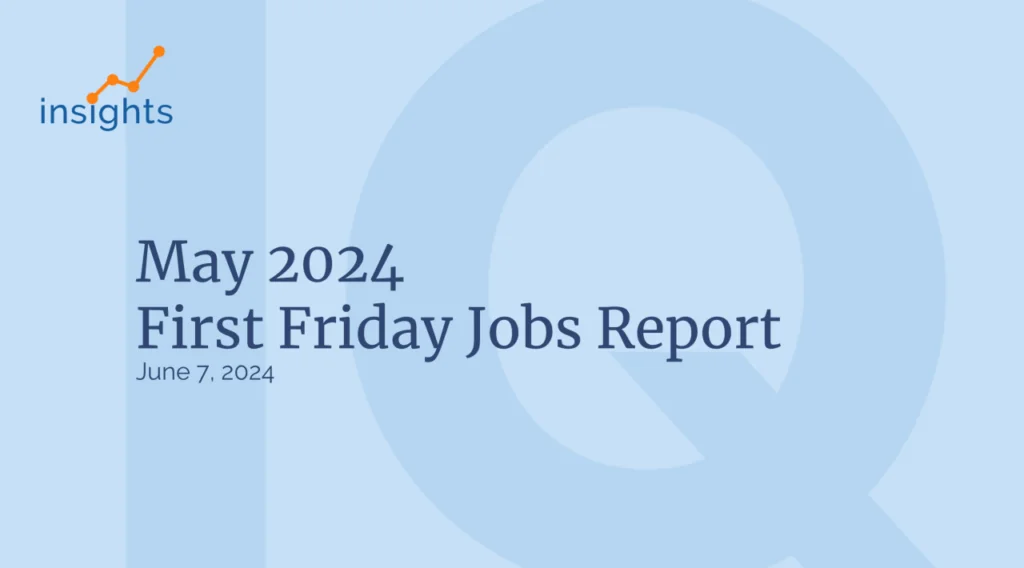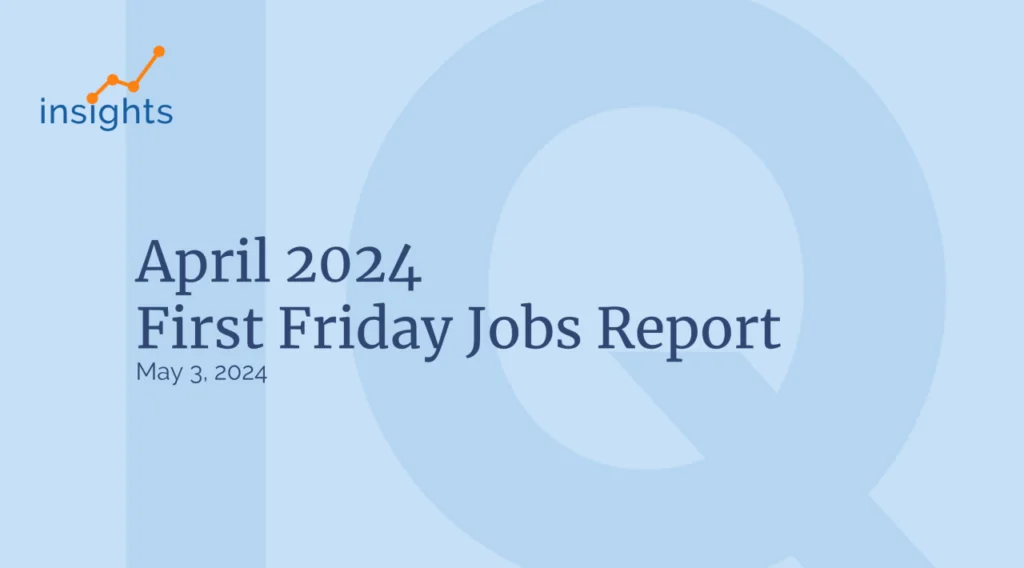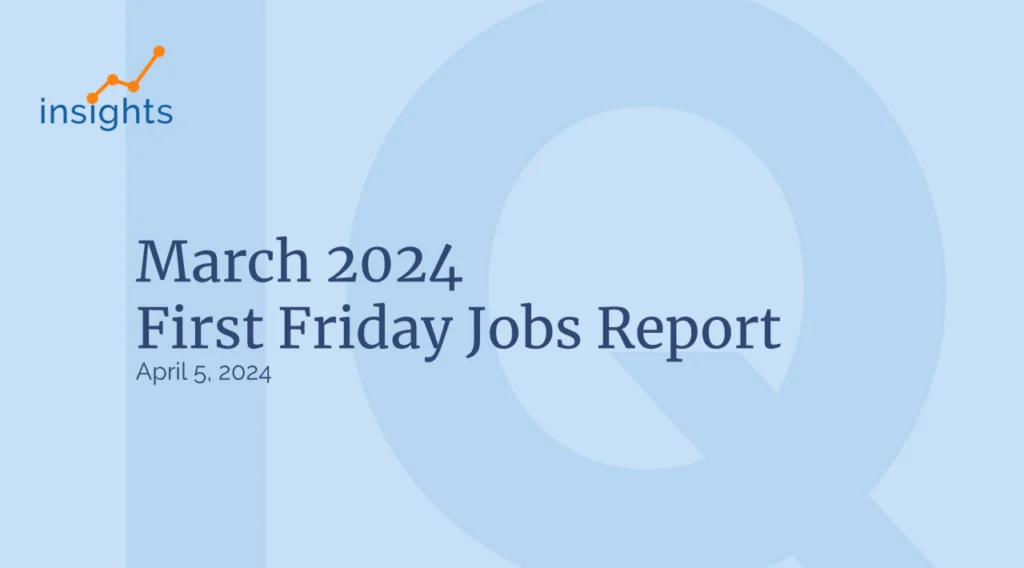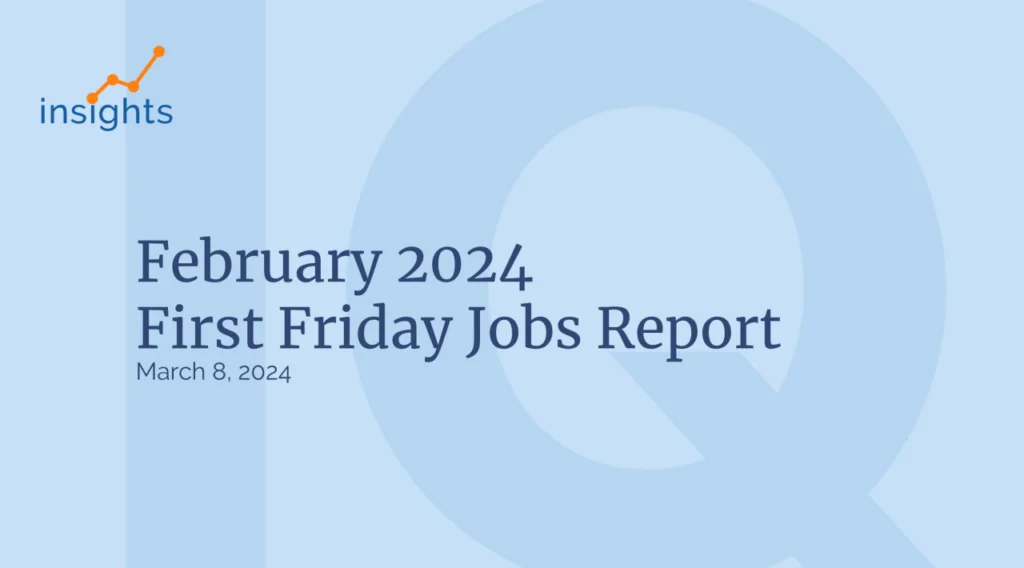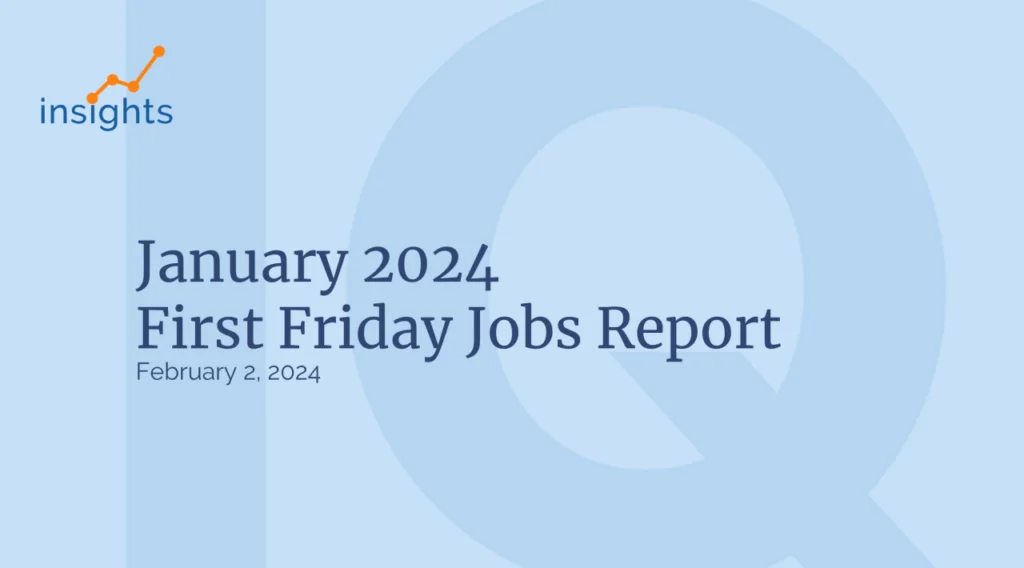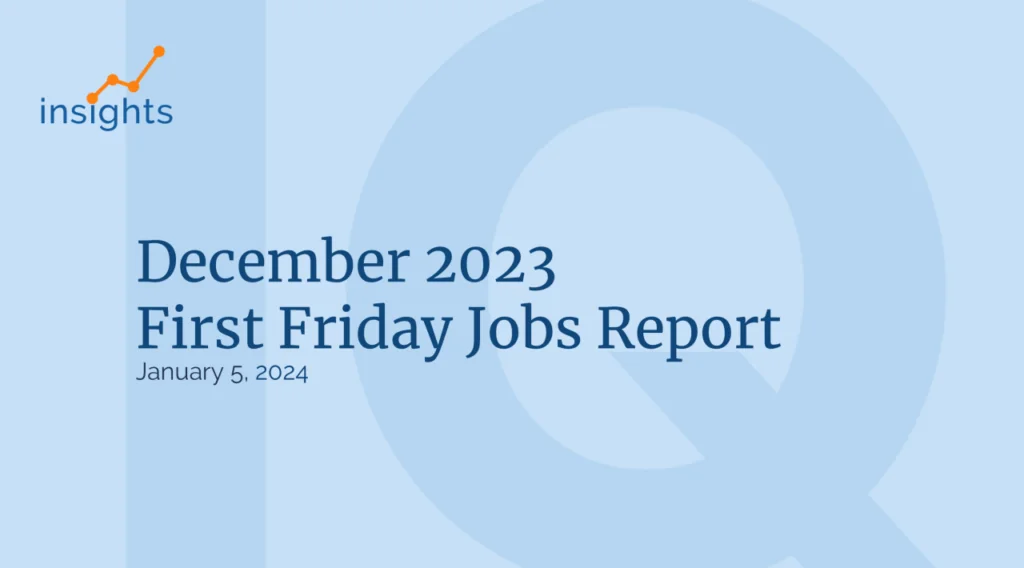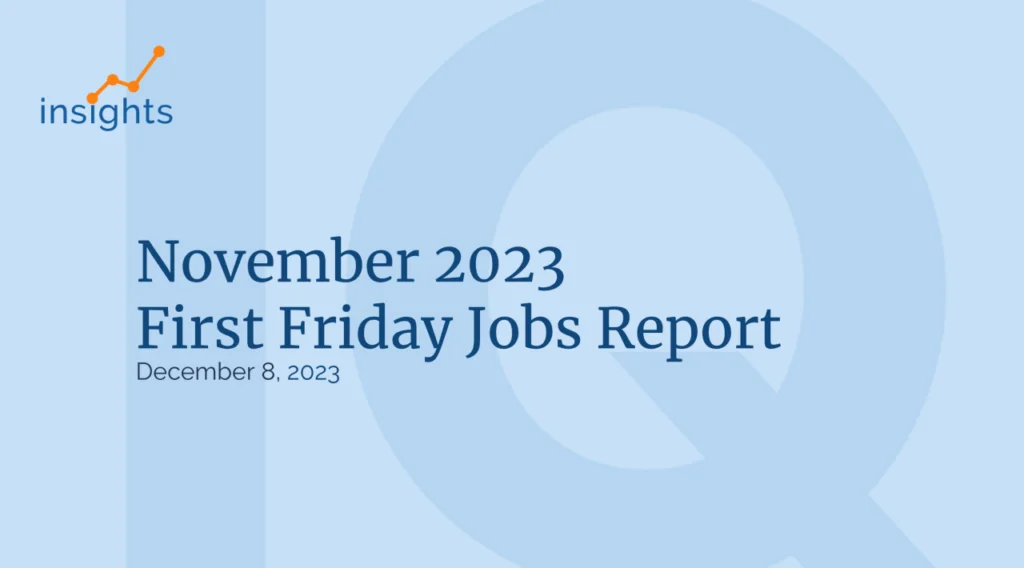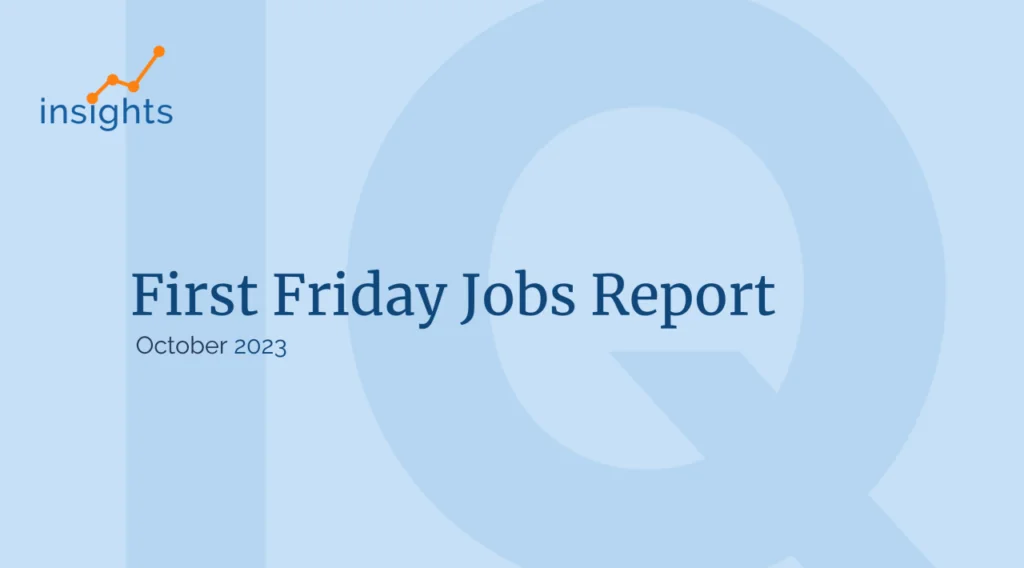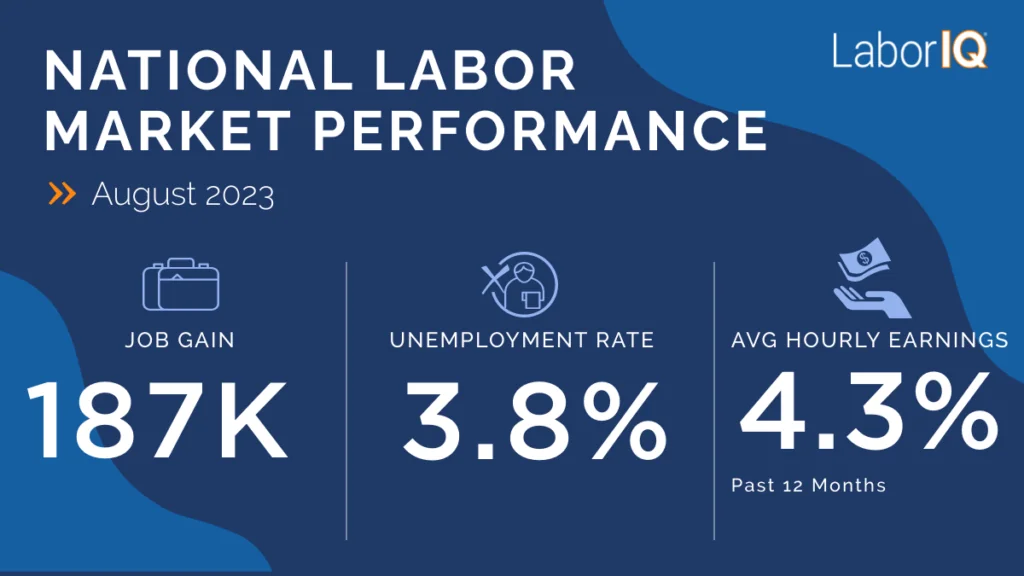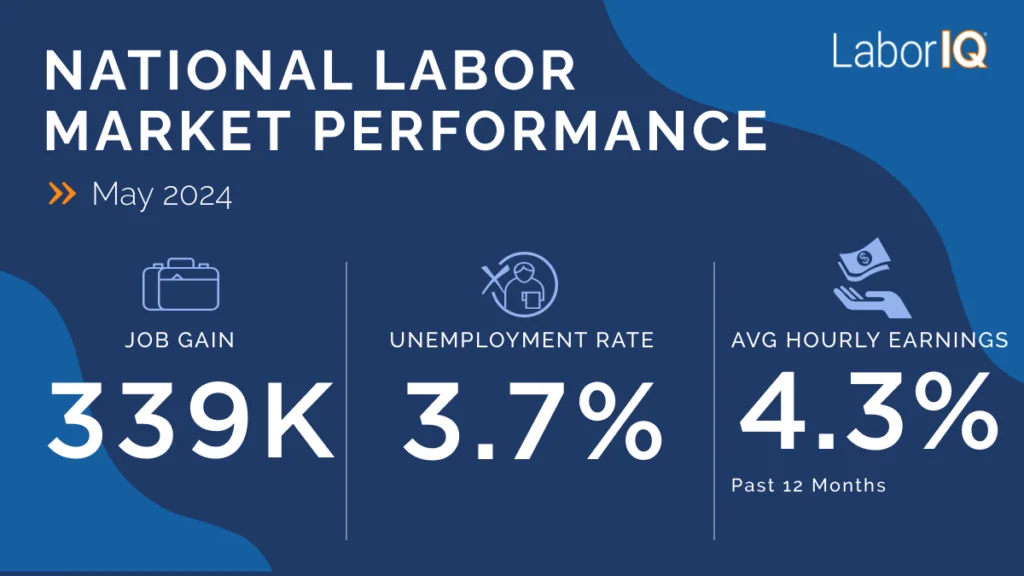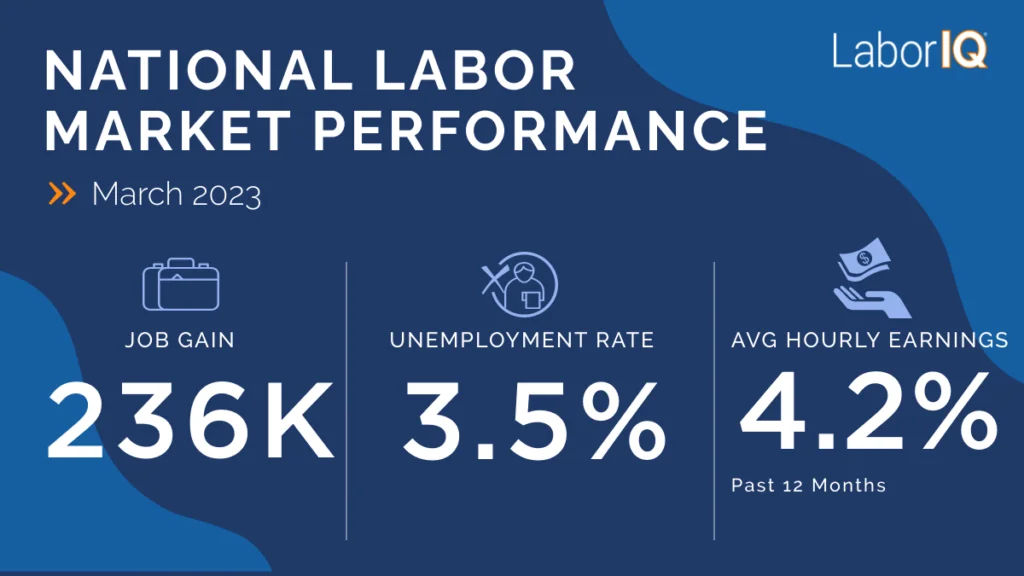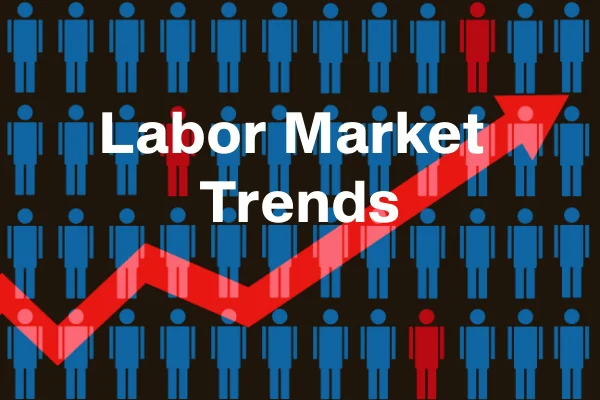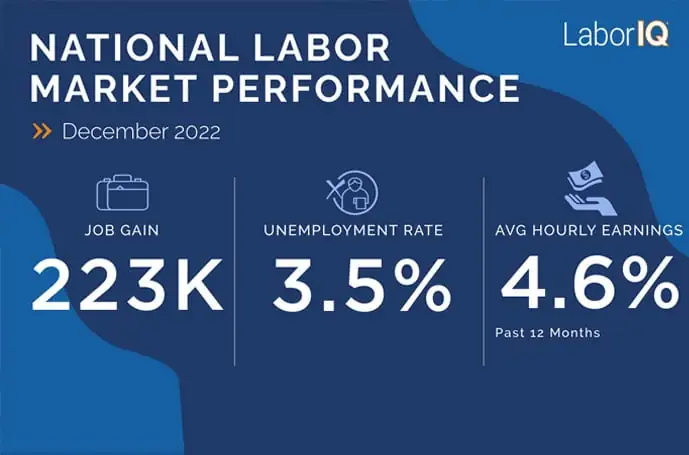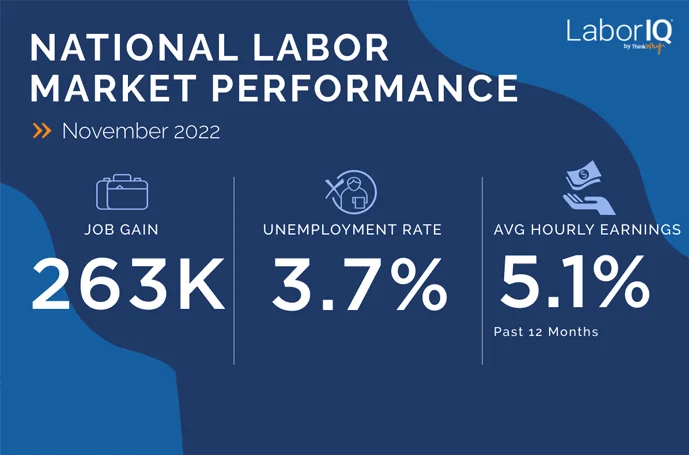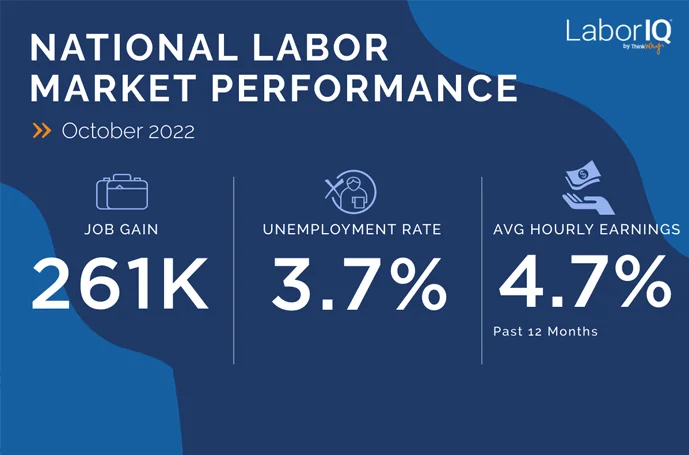Workplaces can be challenging for many reasons, whether it’s company politics, worker salary expectations versus what they actually receive, or plain old-fashioned communication difficulties. At a time when HR professionals are grappling with an ever-increasing labor market, it’s worth exploring the different ways future and existing hires communicate – depending on their generation.
Currently, as many as five generations work together in the workplace:
- Traditionalists: born between 1927 and 1946.
- Baby Boomers: born between 1947 and 1964.
- Generation X: born between 1965 and 1980
- Millennials: born between 1981 and 2000.
- Generation Z: born between 2001 and 2020.
At the time of writing, the U.S. workforce is comprised of:
- 35% Millennials.
- 33% Generation X.
- 25% Baby Boomers.
- 5% Generation Z.
- 2% Traditionalists (also referred to as the Silent Generation).
Generational differences in the workplace can potentially impact how organizations operate and how employees coexist. So, rather than falling into the age-old trap of unhelpful generational stereotyping, here’s a few provide supporting statistics about generational differences and similarities in the workplace.
More specifically, we’re examining how Baby Boomers, Generation X, Millennials, and Gen Z communicate.
There’s lots to discuss, so let’s dive in.

Digital Life
A Pew Research Center study found that many baby boomers embrace digital technology, with 68% owning a smartphone. Generation X comes in at 90%, and 93% of millennials have smartphones. A separate study shows that for Gen Z, it’s unsurprisingly higher at 98%.
The same report found that 86% of millennials use social media. However, this drops to 76% for Generation X and 59% for baby boomers.
Internet usage is also widely prevalent across all four generations. The Pew Research study states that “almost 100%” of millennials use it, followed by 89% of Gen Xers and 91% of baby boomers. Suffice to say, Gen Z are true digital natives and have never known a world without technology and the internet. As such, the majority of them are familiar with the internet.
Working From Home
Interestingly, Gen X and baby boomers are more likely to prefer working from home than their millennial counterparts. For example, one study found that a combined total of 71.7% of baby boomers and Gen X had a positive experience with WFH. In contrast, it was 70.6% for millennials and just 63.7% for Gen Z. A further LinkedIn study found that baby boomers are 15% more likely than other generations to apply for remote positions.
Flexible Working
Even before the pandemic changed our working methods, flexible working was a discussion point. Although statistics vary, it’s fair to say that all four generations are keen on flexible working opportunities.
For instance, around 79% of baby boomers want a flexible working schedule. In comparison, 82% of millennials look for this, with Gen X coming in at 81%. As for Generation Z, around 75% cite workplace flexibility as their top preferred employee benefit.
Communication in the Workplace
Communication: here’s where we see bigger generational differences. Since the pandemic, the rate of baby boomers retiring has increased, with 28.6 million retiring by the third quarter of 2020, compared with 25.4 million at the same time in 2019. This is relevant because the majority of the workforce will soon comprise the remaining three generations – with potentially different attitudes toward workplace communication. Needless to say, this could prompt a considerable shift in how workers interact with each other.
For example, boomers typically prefer face-to-face or voice-to-voice communication over other methods. As many as 55% prefer doing business in person, versus 72% of non-boomers preferring interactions via technology. Broadly speaking, baby boomers prefer a communication mix of face-to-face, email, and voice calls.
As for Generation X, this cohort is widely viewed as autonomous. Traditionally, their communication methods have been perceived as somewhat blunt and direct. They prefer meetings with a purpose and a face-to-face approach; otherwise, email is a preferred choice.
Lastly, because millennials and Gen Z are such heavy internet and smartphone users, it’s generally thought that they prefer to communicate via text or SMS. That said, one study suggests that Gen Z prefers in-person interactions, with three out of four choosing this option to receive feedback from their managers, and more than one-in-three preferring to communicate with their team face-to-face.
What’s Next?
Managing different generational preferences in the workplace presents a challenge both now and in the future. The obvious solution is not to rely on one stand-alone method of employee communication. Instead, try to adopt several practices when rolling out company news:
- Intranet, videoconference and collaboration tools like Slack or Google Hangouts.
- Email and text.
- Face-to-face staff forums (filmed and later uploaded to the intranet).
- Twitter and other social platforms (where appropriate).
- Smaller face-to-face meetings.
It also might be worth investing some of your budget into training managers about different communication preferences across generations. Again, this isn’t to reinforce stereotypes but to educate and better understand communication preferences. This knowledge can make communication more effective and help avoid miscommunication.
In addition, businesses can:
- Ensure all generations are aware of expected workplace culture and behaviors.
- Use a personalized approach as much as possible.
- Be willing to train and guide employees to better understand each other’s motivations and preferences.
- Be open about generational differences, acknowledging them without judgment.
- Encourage a culture where questions rather than assumptions are welcome.
Also, it’s worth noting that some situations will always warrant a face-to-face interaction, such as disciplinary action or via video if it concerns a remote worker. It’s also worth avoiding in-person interactions when an email conversation will suffice. But, again, these aren’t generational preferences; they’re just best practices worth noting.
A Personalized Approach
Ultimately, businesses would be wise to take a tailored approach to the needs of their employees if they want to retain them. Whether it’s salary expectations, flexible or remote working or other communication considerations, having the information you need will better enable your organization to make strategic HR decisions.


